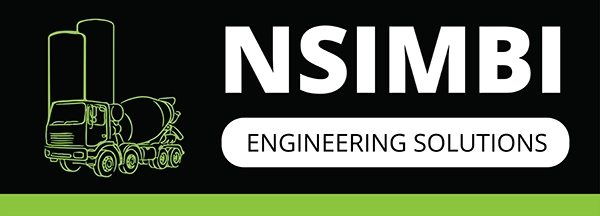In today’s rapidly evolving construction industry, sustainability is no longer just a buzzword – it’s a guiding principle driving innovation and progress. Concrete batch plants, traditionally known for their role in producing essential concrete construction materials, are now at the forefront of sustainable practices, championing eco-friendly solutions that minimize environmental impact. Let’s explore how batch plants are leading the charge towards a greener future in construction.
The Catalysts of Change
Concrete batch plants have long been synonymous with efficiency and reliability in the production of concrete for construction projects. However, their significance extends beyond mere functionality – they serve as pivotal hubs for implementing sustainable practices that align with modern environmental standards and regulations.
Embracing Sustainability: The Key to Environmental Stewardship
In an era where environmental conservation is paramount, concrete batch plants are embracing sustainability in various ways:
1. Resource Efficiency: Modern batch plants are equipped with advanced technology and processes that optimize resource utilization. From energy-efficient mixing equipment to automated batching systems that minimize waste, these plants prioritize resource efficiency at every stage of the production process.
2. Alternative Materials: Batch plants are exploring innovative solutions, such as incorporating alternative materials like recycled aggregates and supplementary cementitious materials (SCMs), to reduce the environmental footprint of concrete production. By utilizing recycled materials and industrial by-products, these plants minimize the extraction of natural resources and divert waste from landfills.
3. Carbon Reduction: One of the most significant contributions of batch plants to sustainability lies in carbon reduction initiatives. By implementing measures to reduce cement consumption, optimize mix designs, and utilize low-carbon additives, these plants are lowering the carbon intensity of concrete production, thereby mitigating greenhouse gas emissions and combatting climate change.
The Ripple Effect: Promoting Sustainable Construction Practices
The adoption of sustainable practices by cement batch plants has a ripple effect throughout the construction industry:
1. Green Building Certifications: Construction projects that source concrete from sustainable batch plants are better positioned to achieve green building certifications, such as LEED (Leadership in Energy and Environmental Design) and BREEAM (Building Research Establishment Environmental Assessment Method). These certifications recognize and incentivize environmentally responsible construction practices, driving market demand for sustainable materials.
2. Stakeholder Engagement: Batch plants play a vital role in fostering collaboration and engagement among stakeholders across the construction supply chain. By prioritizing sustainability and transparency in their operations, these plants inspire confidence and trust among contractors, developers, and regulatory agencies, paving the way for a collective commitment to environmental stewardship.
Producing Eco-Friendly Concrete Construction Materials with Concrete Batch Plants
Concrete batch plants are not just facilities for producing concrete construction materials – they are catalysts for change, driving the adoption of sustainable practices in the construction industry. By embracing resource efficiency, exploring alternative materials, and reducing carbon emissions, these plants are leading the charge towards a greener, more sustainable future. As stewards of the environment, let us continue to support and champion the efforts of concrete batch plants in their journey towards sustainability, ensuring a brighter and more resilient built environment for generations to come.

